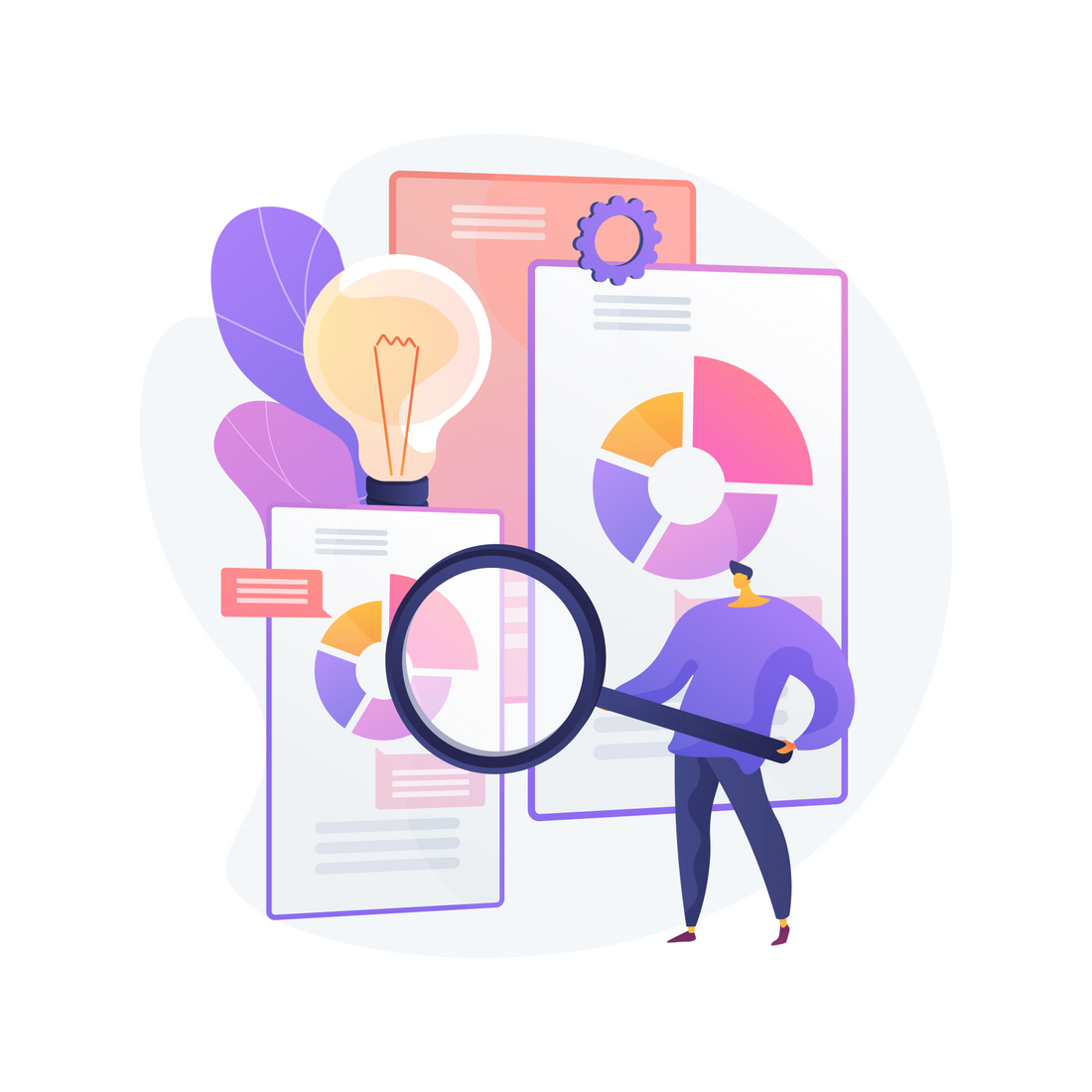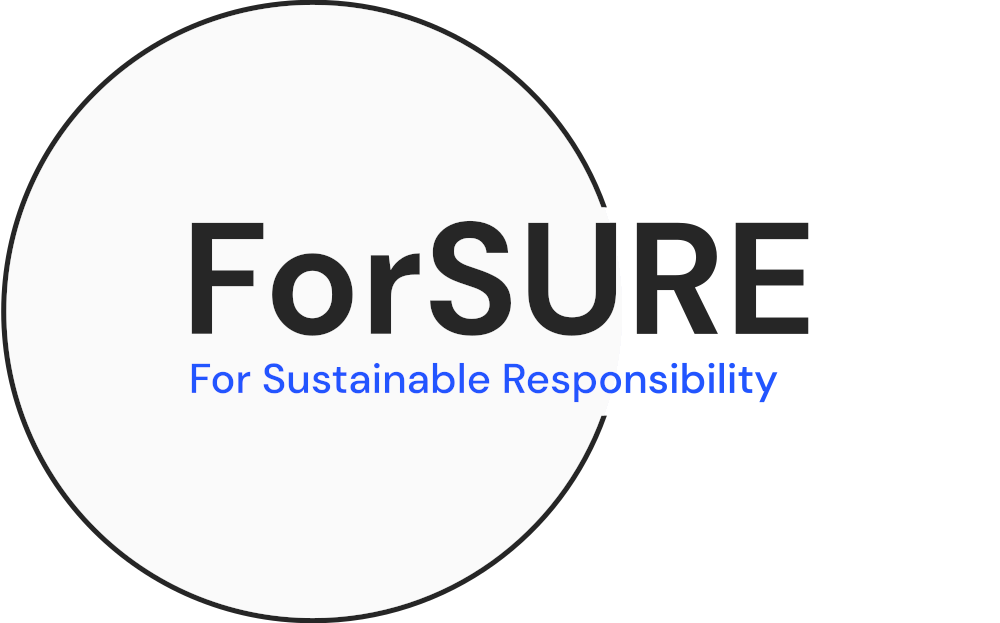
AI EPR Compliance in 2025
July 30, 2025 Isaak SiebengaTable of Contents
Why Electronics Manufacturers Should Turn to AI for EPR Compliance
We're excited to announce the release of our research paper co authored by teams at ForSURE and ZeroBees, including experts Daniel Hamandouche, Niclas Brinkmann, Toby Radcliffe, and Heather Brett-Pickering.
This paper explores how AI, especially Large Language Models (LLMs), can automate and improve Extended Producer Responsibility (EPR) compliance and sustainability decision-making. By connecting real-time data to regulatory logic, it outlines a dual-track approach for both automated EPR reporting workflows and optimized eco-modulation strategies. With an emphasis on enabling small and medium-sized enterprises (SMEs) in electronics and PCB manufacturing, the model bridges the gap between environmental responsibility and operational efficiency.
You can find the full paper here, but we’ve also created a condensed version below of the key ideas discussed in the paper.
Automating Extended Producer Responsibility (EPR) Reporting: Leveraging AI for Eco-Modulation & Sustainability Compliance
A practical look at how artificial intelligence is changing regulatory reporting for the better
It's Thursday afternoon, and your EPR report for Germany is due next week. You're cross-referencing three different spreadsheets, trying to match product weights to regulatory requirements that seem to change every quarter. Meanwhile, your inbox has two urgent emails about missing data for France and a question from the sales team about whether you can ship to a new EU market next month.
If you manage compliance for electronics, this probably sounds familiar. What started as straightforward reporting has evolved into a complex, resource-intensive process that touches every part of your business.
How We Got Here: The EPR Complexity Problem
Extended Producer Responsibility was designed with good intentions, shift responsibility for product lifecycle management to manufacturers, encouraging better design and recycling. In practice, it's created a web of country-specific requirements that can overwhelm smaller companies.
The numbers paint a clear picture of the challenge:
- Regulatory fragmentation: Each EU country implements EPR differently. German electronics reporting looks nothing like French electronics reporting requirements. And in Ireland electronics and batteries even have to be reported together.
- Resource intensive: In some cases, companies need to spend 280 days a year on managing EPR for the EU, taking up all the time of a full-time working employee.
- High error risk: Manual processes inevitably lead to mistakes. A misclassified product or incorrect weight calculation can trigger penalties or require costly resubmissions.
- Scaling problems: Every new market means learning a completely different regulatory framework. Many companies delay expansion simply because they can't handle the compliance burden.
The result is that EPR often feels like a tax on growth rather than a driver of better environmental outcomes.
Utilizing AI for Extended Producer Responsibility
Recent advances in artificial intelligence, particularly Large Language Models (LLMs), are changing how companies approach these challenges. But before diving into the technology, it's worth understanding what these systems can do.
AI-powered compliance systems could work by connecting to your existing data sources, like your ERP system, sales database, or product management platform. When you would need to generate a report, AI EPR compliance automatically pulls relevant product information, applies the specific regulatory requirements for that country and product type, and generates the necessary submissions.
The technology could handle the tedious parts: data extraction, format conversion, calculation verification, and even submission to regulatory portals in some cases.
But perhaps more importantly, AI EPR compliance could be able to analyze patterns in your compliance data to identify opportunities for improvement, both environmental and financial.
The Two-Track Approach
The most practical AI EPR compliance implementations focus on two distinct areas:
Track 1: Automating the Paperwork
This is the obvious application, taking over the manual processes that consume so much time:
- Automatic data extraction from existing systems
- Country-specific report formatting
- Regulatory requirement interpretation
- Data validation and error checking
- Direct submission to regulatory authorities
Companies using EPR software automation can realize significant time savings, though the exact numbers vary based on their current processes and market presence.
Track 2: Making Sense of the Data
This is where things get more interesting. The same data you're already collecting for compliance can reveal insights about your products and operations:
- Which materials drive the highest eco-modulation fees
- How product design choices affect regulatory costs across different markets
- Opportunities for material substitutions that reduce both environmental impact and fees
- Trends in regulatory changes that might affect future product development
The Conversational Interface
To implement these systems, they could include a chatbot interface that let you ask questions in plain language:
"How would switching from this plastic to recycled aluminium affect our compliance costs in Germany and France?"
The AI EPR compliance system can provide specific cost implications, regulatory considerations and, environmental impact calculations in real-time, but most importantly an easy way to make sense of the analytics provided by the model.
EPR Automation Software: Broader Business Impact
While compliance teams see the most immediate benefits, EPR automation software can affect other parts of the business:
- Product development: Design teams can get real-time feedback on how material choices affect regulatory costs and environmental impact across different markets.
- Market expansion: Sales teams can get faster answers about regulatory requirements when evaluating new markets.
- Financial planning: Finance teams get more predictable compliance costs and clearer ROI calculations for sustainability investments.
- Supply chain: Procurement teams can factor regulatory costs into supplier evaluations and material selection decisions.
Even regulatory authorities benefit from more consistent, accurate data submissions and reduced need for follow-up communications. See how our platform automates these EPR compliance processes.
Practical Steps Forward
If you're considering how automated EPR reporting might fit into your compliance strategy, here are some practical first steps:
- Document your current process: Map out exactly how you handle EPR reporting today – where data comes from, how long each step takes, where errors typically occur.
- Audit your product data: Ensure you have detailed, accurate material compositions for all products. This foundational work pays dividends regardless of your technology approach.
- Centralize data management: Even without AI, moving away from scattered spreadsheets toward integrated data management improves accuracy and efficiency.
- Understand your regulatory landscape: Many companies discover they're not fully compliant across all their markets, or they're missing opportunities for fee reductions.
- Start small: Look for pilot opportunities, perhaps automated EPR reporting for your largest market or most complex product category.
The Environmental Consideration
Any discussion of AI EPR compliance for sustainability reporting needs to address an important question: Are we just shifting environmental impact from one area to another?
AI systems do consume significant energy, and major tech companies have seen their carbon footprints grow as AI usage expands. This reflects something economists call Jevon's Paradox – when efficiency improvements actually increase total resource consumption.
- Responsible implementation requires:
- Choosing AI providers that use renewable energy
- Using appropriately sized models for specific tasks
- Ensuring that the environmental benefits (reduced waste, better material choices, optimized supply chains) genuinely outweigh the computational costs
- Regular assessment of the net environmental impact
The goal should be demonstrable net positive impact, not just efficiency for its own sake.
Looking Ahead at AI EPR Compliance
EPR regulations aren't getting simpler. If anything, the future of EPR reporting automation is heading towards expanded product categories and additional environmental metrics. Companies that can handle this complexity efficiently will have significant advantages over those still managing everything manually.
AI EPR compliance won't solve every challenge, but it can handle the repetitive, data-intensive work that currently consumes so much time and resources. This frees up compliance teams to focus on strategy, optimization, and the more complex regulatory questions that actually require human judgement.
The technology is still evolving, but early implementations are showing real results. The companies exploring these solutions now will be better positioned as both the technology and regulations continue to develop.
Next Steps
Understanding how AI EPR compliance transforms your business starts with understanding your current challenges and opportunities. The specific implementation will depend on your company size, market presence, product complexity, and existing systems.
For compliance managers interested in exploring these concepts further, the full research paper provides detailed technical information and implementation frameworks. For those wanting to discuss specific applications to their situation, our team can provide more targeted insights.
The compliance landscape is changing rapidly. The question isn't whether technology will play a bigger role but how quickly companies can adapt to take advantage of the opportunities it creates.



